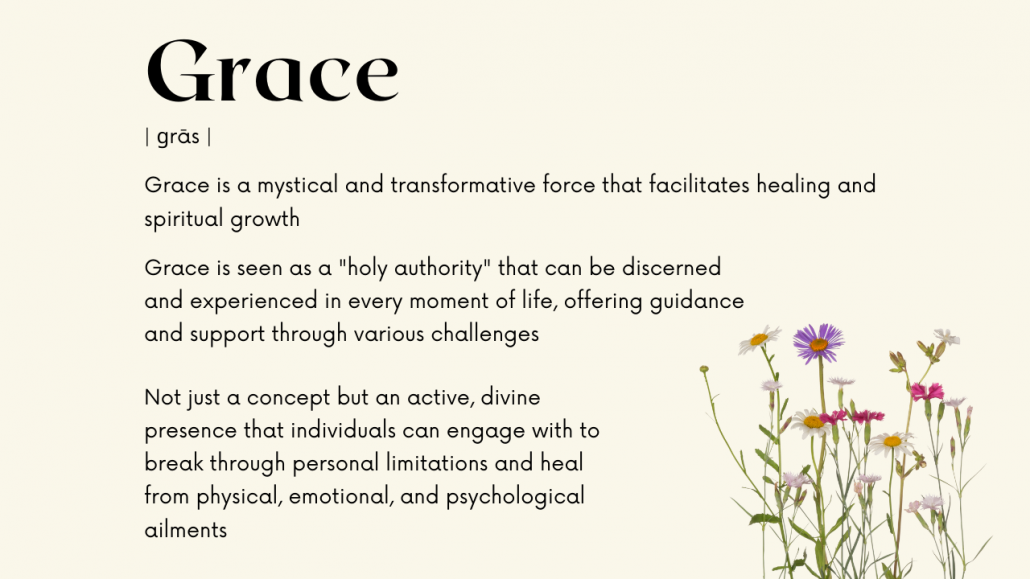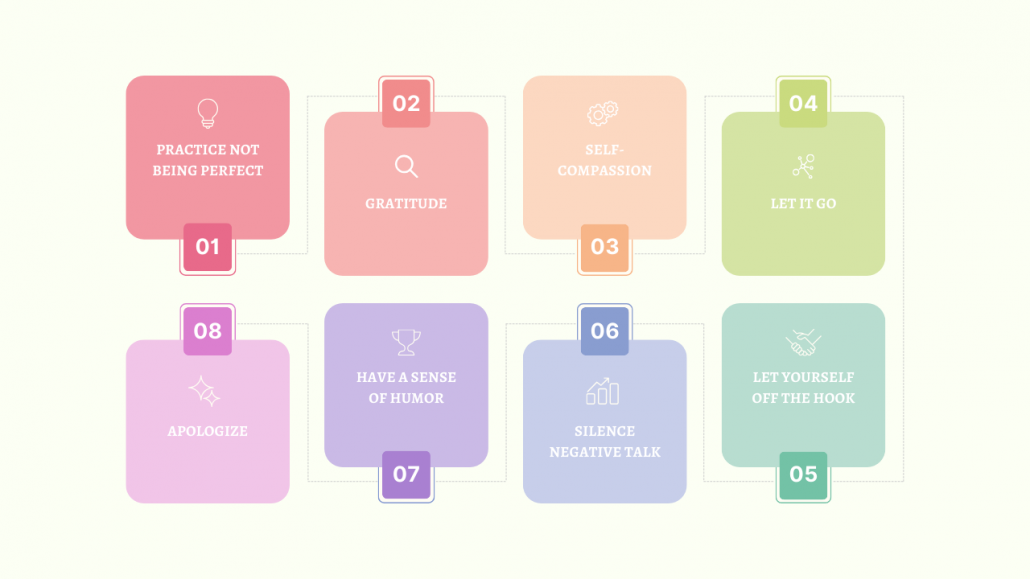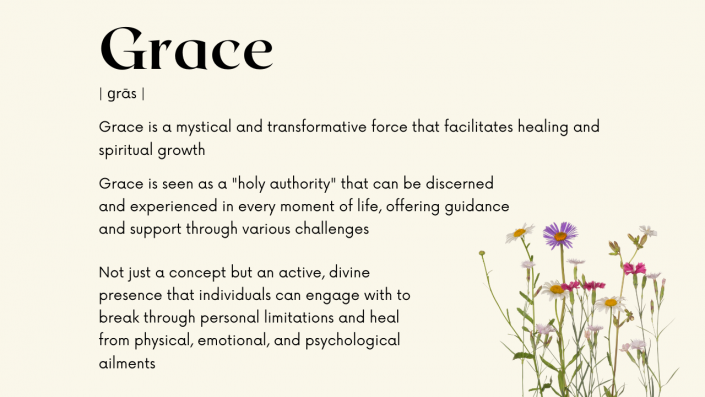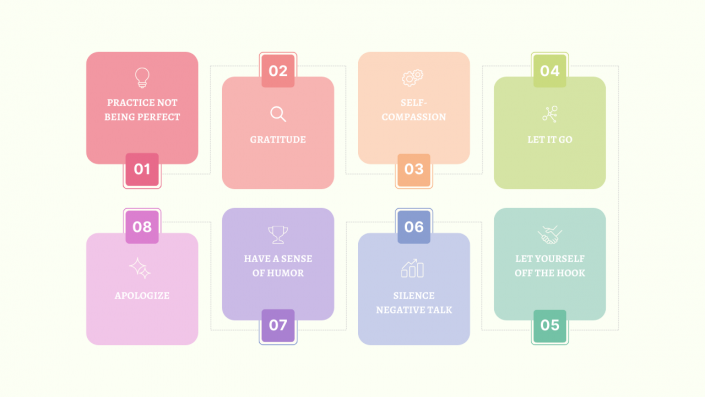Embracing Grace in Our Lives
Introduction
In our recent gathering at The Junction, we delved into the profound and transformative concept of grace. We explored what grace means, shared personal experiences, and discussed practical ways to integrate grace into our daily lives. This article summarizes our enlightening conversation and provides insights on how to cultivate grace for a more harmonious and fulfilling existence.
 Understanding Grace
Understanding Grace
Grace is often defined as elegance, beauty, and smoothness of form or movement. It also implies dignified, polite, and thoughtful behavior. In Carolyn Myss’s book A Time for Grace, she describes grace as a mystical and transformative force that facilitates healing and spiritual growth. Grace is seen as a “holy authority” that offers guidance and support through various challenges, and it is an active, divine presence that helps individuals break through personal limitations and heal from physical, emotional, and psychological ailments.
Personal Experiences with Grace
Participants shared their personal experiences of giving and receiving grace. One poignant story highlighted the importance of listening and holding space for others. By simply being present and allowing someone to express their emotions without judgment, we can create a space of grace that fosters understanding and connection.
Living in Alignment with Grace
To live in alignment with grace, we need to integrate certain practices into our daily lives. These practices help us cultivate an attitude of openness and acceptance, making it easier to experience and extend grace in various situations. Here are some key practices:
- Practice Not Being Perfect: Accept that perfection is an illusion and embrace your imperfections. This helps reduce self-judgment and fosters a more compassionate attitude towards yourself and others.
- Cultivate Gratitude: Focus on what you have rather than what you lack. Practicing gratitude can transform ordinary moments into extraordinary ones, enhancing your overall sense of well-being.
- Show Self-Compassion: Treat yourself with the same kindness and understanding that you would offer a close friend. Acknowledge that being human means being fallible and making mistakes.
- Let Go of Negative Emotions: Release anger, jealousy, and bitterness. Holding onto these emotions only weighs you down. Practice forgiveness to free yourself from past hurts.
- Apologize When Necessary: Take responsibility for your actions and apologize sincerely when you hurt someone. This allows both you and the other person to move forward.
- Maintain a Sense of Humor: Find humor in situations whenever possible. Laughter is a powerful stress reliever and can help keep things in perspective.
- Silence Negative Self-Talk: Pay attention to your inner dialogue and challenge negative thoughts. Replace self-critical statements with supportive and positive affirmations.
- Let Yourself Off the Hook: Give yourself permission to make mistakes and be imperfect. Not every mistake needs to be punished or corrected. Learn to move on and be gentle with yourself.
Daily Practices to Connect with Grace
Incorporating daily practices such as meditation, reflection, gratitude, and mindfulness can help you connect with grace on a deeper level. Engaging in acts of service and compassion towards others also reinforces the presence of grace in your life.
 Conclusion
Conclusion
Our discussion at The Junction highlighted the importance of grace as a guiding force in our lives. By embracing grace and incorporating these practices, we can create a more compassionate, understanding, and fulfilling life. Join us next Sunday at The Junction to continue this journey of personal growth and empowerment.
To join our next free session, visit The Junction Website.

 Understanding Grace
Understanding Grace Conclusion
Conclusion



